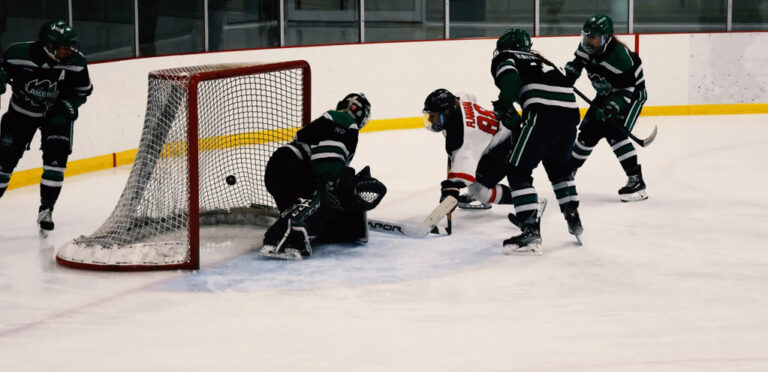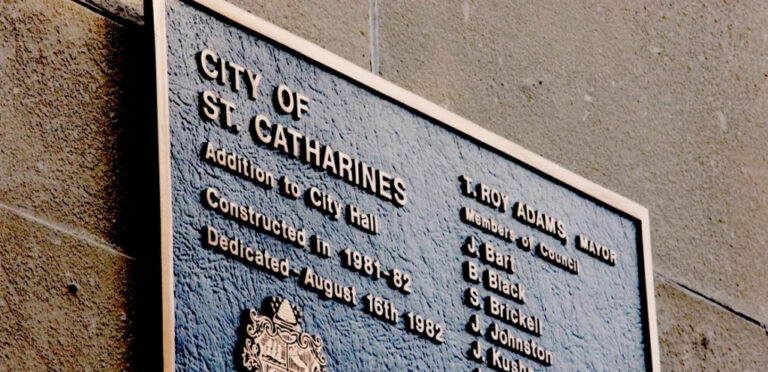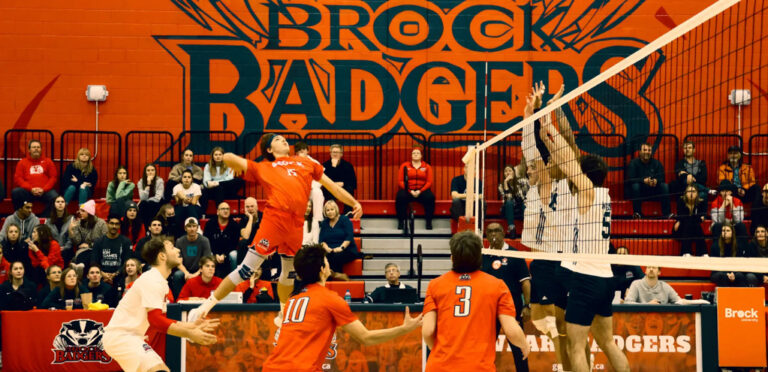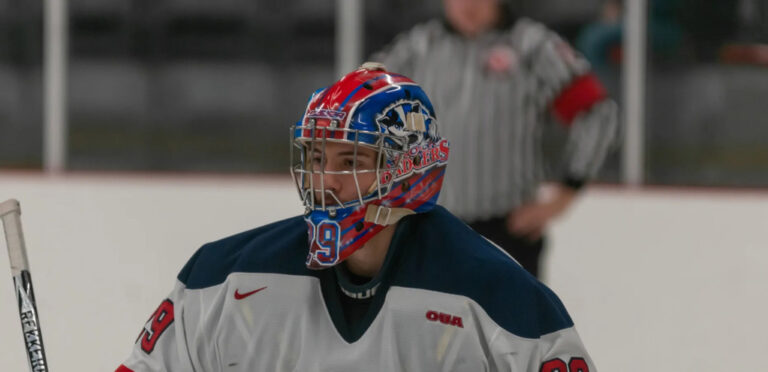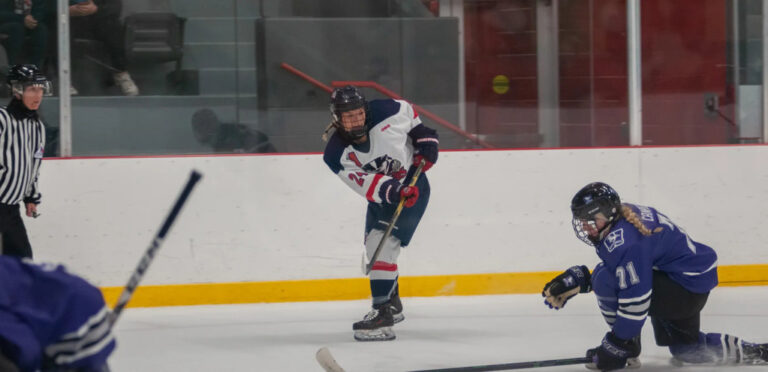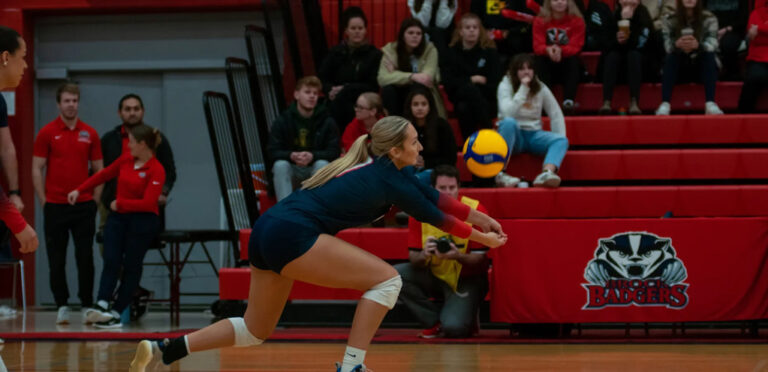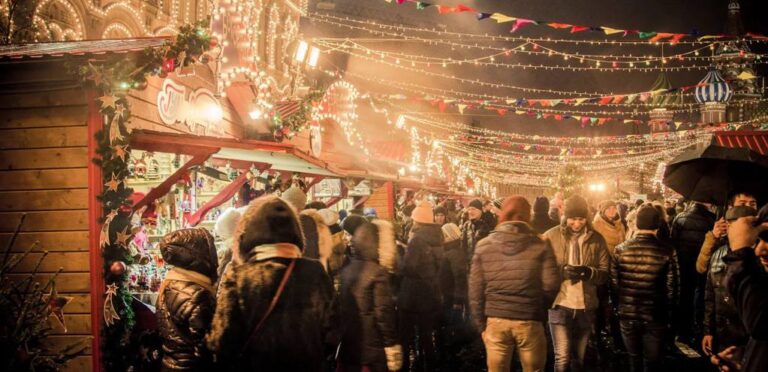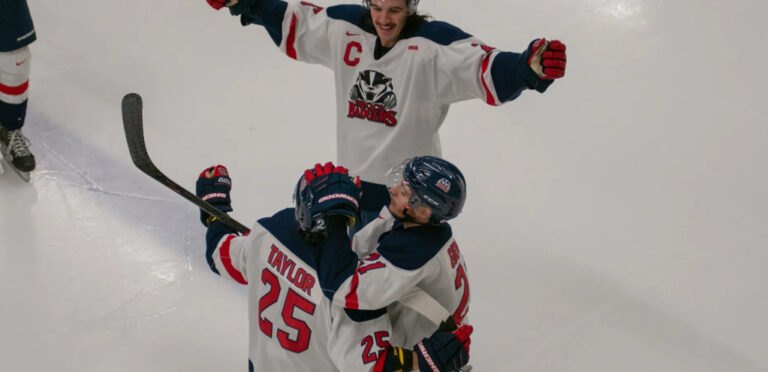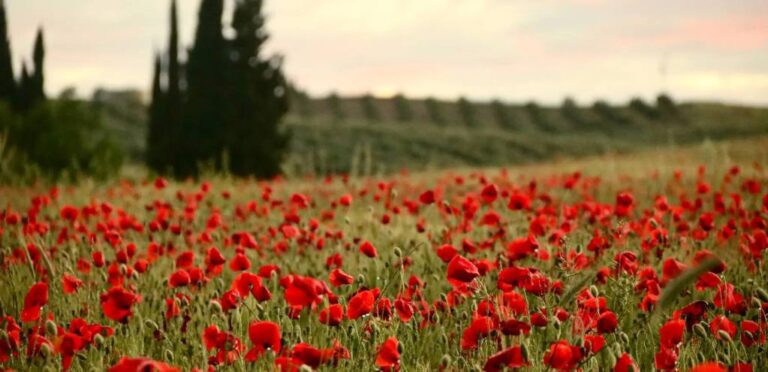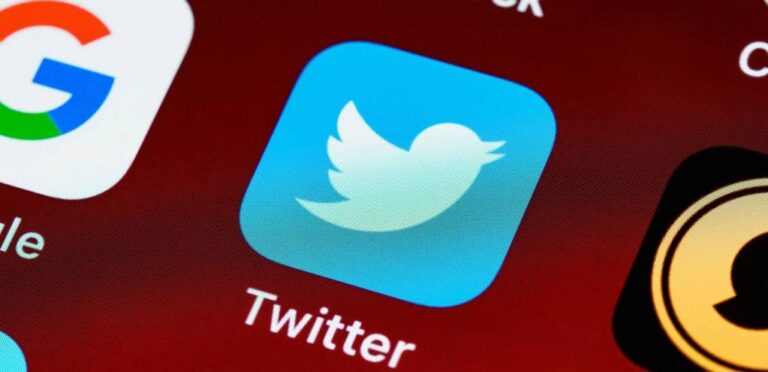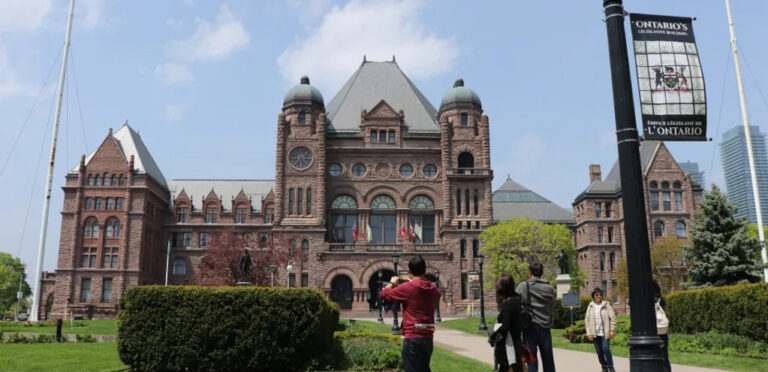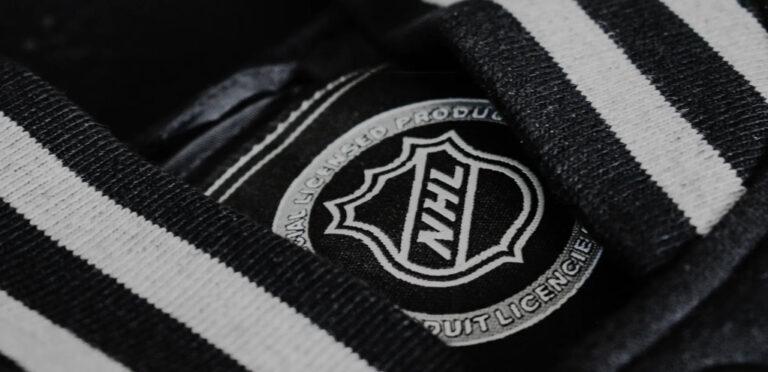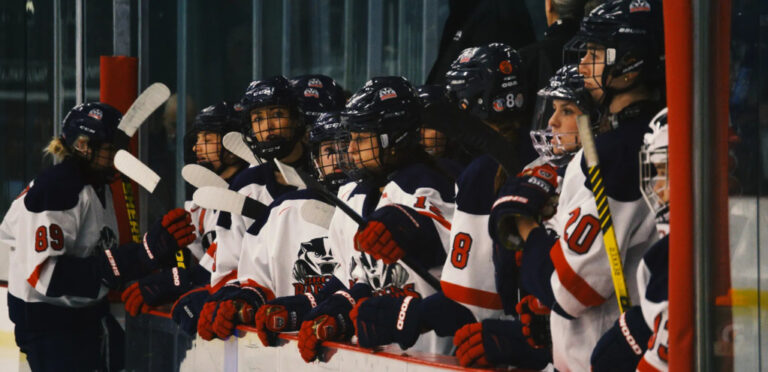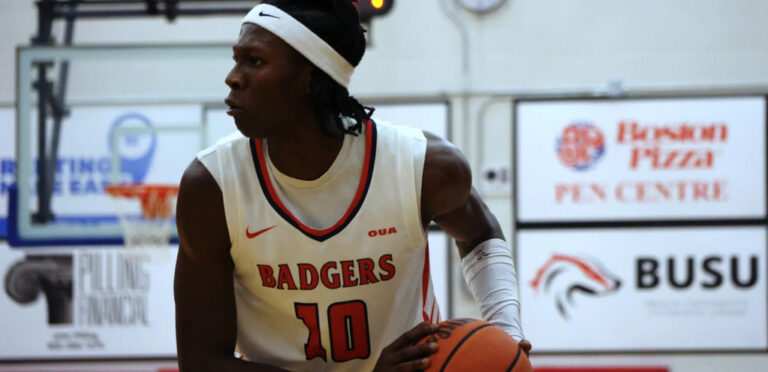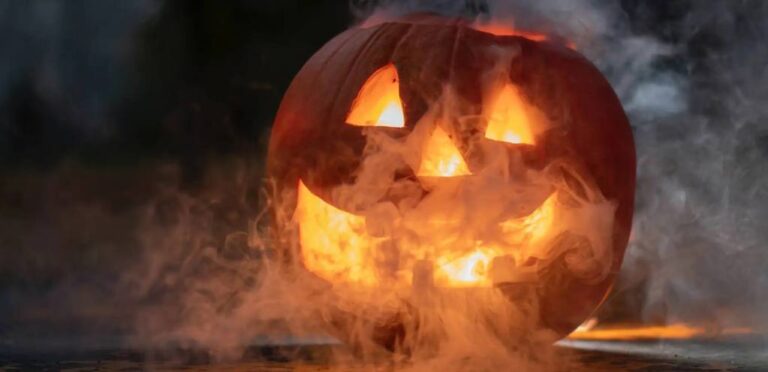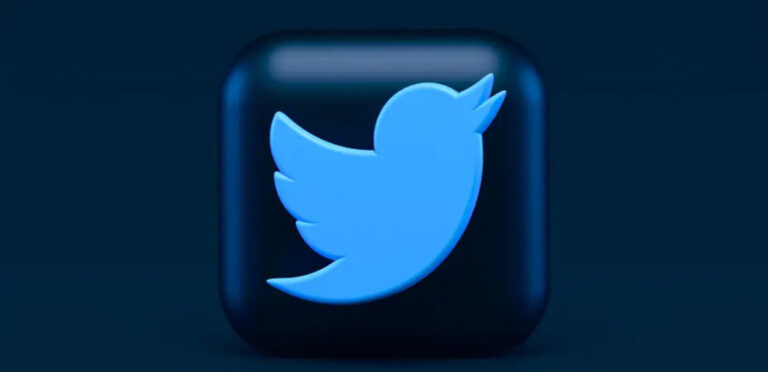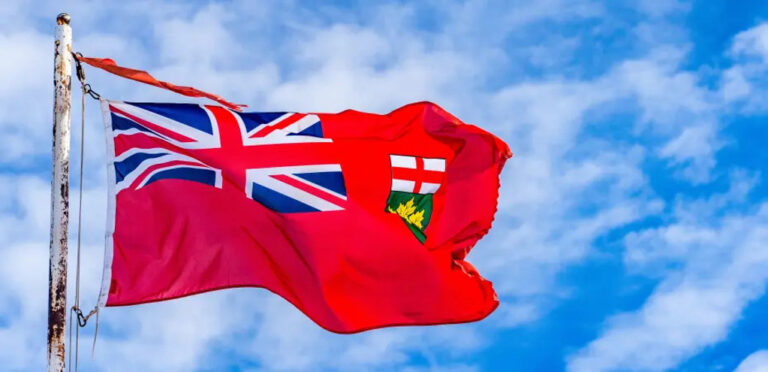CANADA: CANADA-CHINA RELATIONS
Canadian-Chinese relations have seen a shaky past couple weeks as the House of Commons have started investigating allegations of Chinese interference in the 2019 federal election.
“Chief among the allegations is that CSIS reported that China’s Toronto consulate directed a large clandestine transfer of funds to a network of at least eleven federal election candidates and numerous Beijing operatives who worked as their campaign staffers,” said Sam Cooper in an interview for a Global News article that was the first to make the allegations public.
At the recent G20 Summit in Indonesia, the Chinese president Xi Jinping publicly defied Justine Trudeau in front of the media over apparently leaking private conversations they had earlier at the Summit surrounding Canadian detainees and the allegations of interference in Canada’s democratic elections in 2019.
Oddly, there have been large voices online coming to the defense of Jinping for telling Trudeau off. These sentiments seem to satisfy the rightwing subconscious wish to see their projected image of an overly-effeminate and ineffectual Trudeau be chastised by a “real” authority figure. It’s nothing but a dogmatic, highly surface-level allyship to conservative notions of public versus private decorum in matters of power relations and authority.
Of course, Trudeau should be criticized for Canada’s bilateral trade deals with China over the last couple of decades as a strategy to widen our middle-class as our import-export ratio in relation to China has only tilted towards China. Canada now holds a $57 billion trade deficit with the nation, which has only widened during Trudeau’s tenure, making Canada’s economic well-being dependent to a large extent on Chinese imports. Not to mention, China is now the leading emissions-polluter in the world. Canada should not capitulate to Chinese leverage when it comes to trade when they are interfering in democratic elections to further their own private interests as well as massively speeding up the destruction of global ecosystems.
U.S.A.: WHO IS RON DESANTIS?
As former president Donald J. Trump has officially announced his running in the 2024 presidential election, his greatest potential competitor in the Republican party appears to be the Governor of Florida, Ron DeSantis.
DeSantis has not officially announced his running for president in 2024, but the biggest tell that he intends to came during the Florida Governor midterm debate wherein his democrat interlocutor asked if he will stay for a full four-year term as governor of Florida or abandon his post in order to go for the presidency halfway through his term. DeSantis responded with a disgruntled silence.
On the policy front, DeSantis is a sort of traditional Republican; certainly he’s less of a maverick-personality in the party compared to Donald Trump. Although, he still has overseen the cutting of corporate and income taxes in Florida as well as attacking “woke” liberal ideology in school curricula in the form of the notorious “Don’t Say Gay” Bill and more recently the Anti-W.O.K.E. Act which was blocked by a Florida judge who commented that the Act proposal was “positively dystopian.”
In short, DeSantis has used culture war tactics to garner a wide fanbase, even getting an endorsement from Joe Rogan.
Despite his — mostly — more reserved disposition, the idea of DeSantis beating Trump in 2024 seems unlikely given the size and fervor of the MAGA fanbase. However, the Republican party has faced a serious identity-crisis since the recent midterms which saw a huge upset for the party as democrats took the Senate in a historic deviation from the usual opposing-party pendulum swing in refilling the U.S. Chambers.
In a word, MAGA Republicanism is becoming a pariah in the party, especially amongst establishment Republicans. With most Republican voters still believing that the 2020 election was stolen from Trump, thus making Joe Biden an illegitimate president in these voters’ eyes, Republican donors and media pundits are searching for their new hero and it’s looking like it’s going to be DeSantis in the coming years.
INTERNATIONAL: G20 SUMMIT
Every year, the G20 nations, representing over 80 per cent of the world’s GDP, meet to discuss issues globally. This recent summit, held in Bali, understandably had a sharp focus on the Russian invasion of Ukraine and mitigating the chances of nuclear destruction.
In the communique the prevailing headliner was that most countries present believed the Russian invasion to be inhuman and disastrous on the fronts of human suffering and the global economy.
A powerful statement came through from the president of Indonesia who was a strong voice on behalf of the Global South who is facing the worst effects of the food, energy and climate crisis; the climate issue being one that’s driven by the largest economies in the Global North.
In his communique, the President addressed the West about political dominance in response to Russia and China; he cautioned, “We should not divide the world into parts … We must not let the world fall into another cold war.”
This is unequivocally true. The more the West, more specifically NATO, drives up funds to Ukraine as well as domestic military spending among the constituents, less funding is going towards abating climate change. This is also true of Russia, which is a petrol state after all, but it’s unlikely any reasonable words on global climate justice are getting through to Vladmir Putin, who didn’t attend the Summit.
Climate disaster is horrible for global labour with worker migration and inter-community violence becoming more intensified by climate disruption. The Summit’s communique made some important nods to the issue but the predominance of the emerging soft cold war as the main issue on the docket is a concerning sign.
THEORETICAL CONSIDERATIONS: MAX WEBER AND PURITANICAL CAPITALISM
As workers worldwide are at the behest of climate disaster from our prevailing linear economic model, a detour into how the rapid spread of capitalism and the growth-at-all-costs model came to be in the last 300 years seems to be in order.
Max Weber, one of the patriarchs of sociological studies, published The Protestant Ethic and the Spirit of Capitalism in 1905. This work would go on to be one of the most lauded works in the field, being the eighth most cited work in the social sciences.
What was so original about the work is that, as the title suggests, it didn’t separate as distinct conceptual social phenomena the oft-held private realm of religion from the public realm of production, consumption and exchange.
Capitalism had started to rapidly speed up in the half century before the book was published, particularly in Victorian England where by 1851 non-Anglican Protestant denominations composed roughly half of the worshiping population. The Industrial Revolution’s birthplace in Victorian England is instructively illustrated in the books of Charles Dickens in terms of a retro-futuristic social tapestry that was a kind of feudal anachronism which can also be seen in the highly Victorian-derived science-fiction genre of steampunk.
What Weber takes as the aim of his book is how Protestant ethics which, following Martin Luther, emphasized personal devotion to God expressed in one’s labour in the broader community, helped form and promulgate the ideas of capitalism. Weber notes that Protestant communities saw increased economic growth and that large figures, such as Benjamin Franklin, who was a cultural protestant, would weave moralism into his flowery pro-capitalist rhetoric.
The Reformation made it so that all work was seen as valuable to getting closer to God. With the rejection that pre-ordained priests were the mediators between God and the people, as found in Catholicism, one could now show faith in God through profit-seeking.
The new Protestant denomination no longer preached a modest asceticism under a strict clerical hierarchy. Secular vocations were seen as ways to express and strengthen a believer’s connection to God.
One of the stranger aspects of this is how this connection between capitalist accumulation and religious piety has broken down in the modern and postmodern eras. What exists now is often a weak simulacra of this old connection that can be seen in the strange paradox of today’s postmodern conservatism as expressed in figures like Donald Trump.
A great joke that represents the shift in Christianity and capitalism that Weber explores comes in the form of a Catholic joke:
A pastor decided to skip church on Sunday and go to the golf course in another town so no one would recognize him. He struck the bull and his first shot was carried 400 feet and—hole in one!
An angel turns to God and asks, “what’d you do that for?” God replies with a smile, “Who’s he going to tell?”
The crux of the joke is obviously that as an esteemed priest with a special connection to God, the pastor can’t expose to others that he’s out doing leisurely, commercial activities.
The postmodern reversal of this joke that ultimately satirizes the Protestant ethic comes from the late famed comedian Norm Macdonald:
“I was supposed to attend a big black mass devil worship session last weekend, but I skipped it because I believe you can be just as close to Satan on a golf course as in a stuffy old satanic church!”
The satanic reversal aside, is this not expressing a deep truth about Donald Trump’s (dis)junctive approach to faith and business? Trump, while being interviewed on his golf course in Southern California exclaims, “God is the ultimate” and then, referring to his course, “How did I ever own this? I bought it fifteen years ago. I made one of the great deals, they say, ever; this piece of land… I was able to buy this and make a great deal… But I mean God is the ultimate, God made this! [beckons to the course and the ocean background]”
With all that being said, Max Weber’s insights are prescient for understanding how, today, the evangelical communities of America are paradoxically hanging on to the Trumpian notions of big business intermingling with an apparently co-extensive faith in God.

